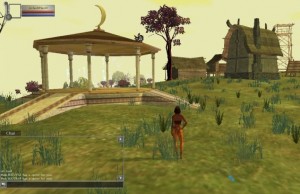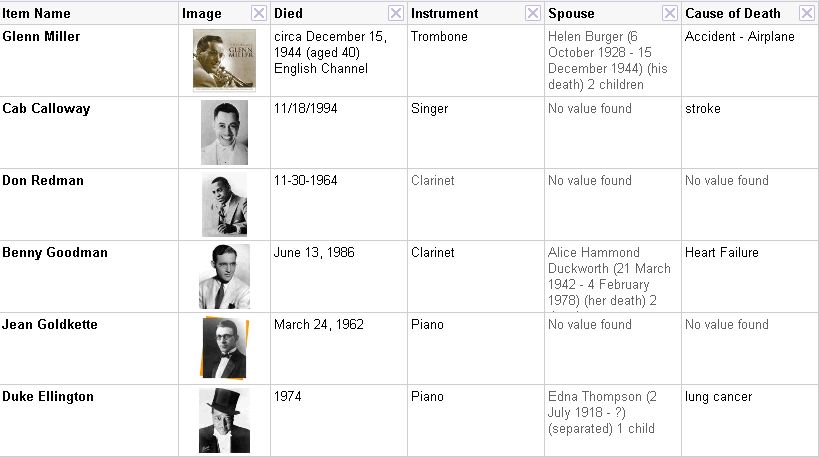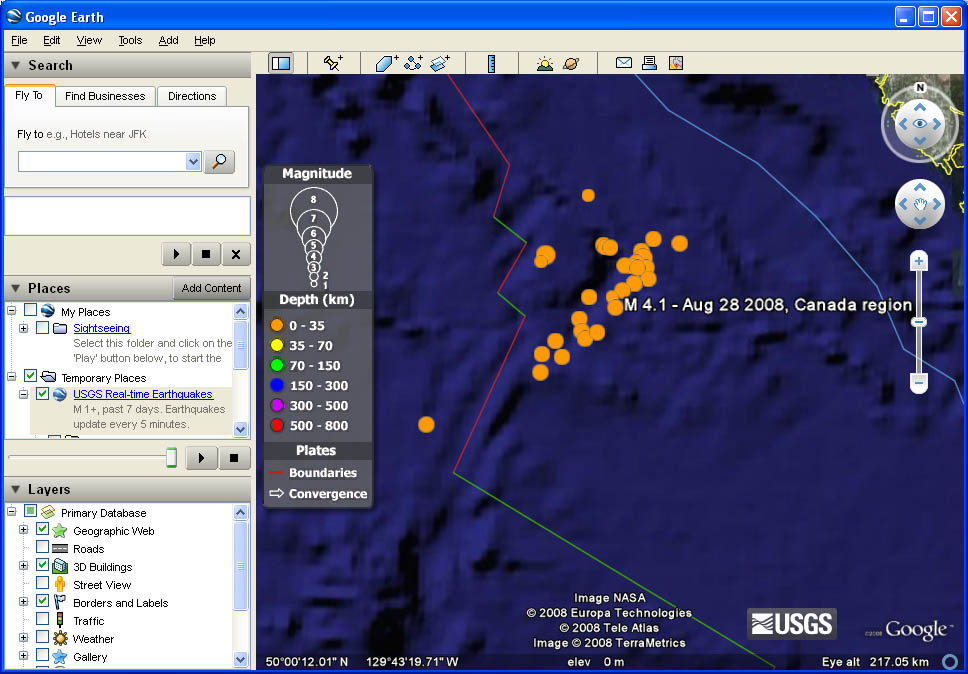Posts tagged google
Considering Virtual Worlds
0 I don’t know why some teachers take exception to calling virtual worlds “games.” Every time I’ve referred to Second Life as a “game” on Twitter, I receive a flurry of replies insisting “Second Life is NOT a game” and “You really think Second Life is a game???” I think it’s just the cultural mindset that “games are bad” yet “entertaining learning activities are great” even though physically there doesn’t have to be any difference.
I don’t know why some teachers take exception to calling virtual worlds “games.” Every time I’ve referred to Second Life as a “game” on Twitter, I receive a flurry of replies insisting “Second Life is NOT a game” and “You really think Second Life is a game???” I think it’s just the cultural mindset that “games are bad” yet “entertaining learning activities are great” even though physically there doesn’t have to be any difference.
I’ve only done a cursory examination of virtual world tools out there, and I hope by the end of my graduate school career, I’ll be able to write a full technology proposal for implementing this. As far as I’m concerned, Second Life is no good for a K-12 district-wide deployment, and here’s why:
- You’re stuck with either the teen grid or the adult grid.
- On the teen grid, parents and teachers aren’t even allowed.
- On the adult grid, students can run into inappropriate content.
- The teacher and district doesn’t have direct control over what students can do.
- Students less than 13 years old aren’t even allowed to be on Second Life.
There are other commercial providers that allow you to create your own virtual worlds. Active Worlds is probably the best one, but their educational pricing is quite steep: http://www.activeworlds.com/edu/awedu_pricing.asp $650/yr for a classroom of 20, and $395/yr after that. Assuming there aren’t bulk rates, for our school district that would be an initial investment of about $1 million, and $600,000 yearly after that. It’s completely unreasonable for a K-12 school system.
I found two that seem the most promising:
 Multiverse: This is a hosted (cloud) solution, and has a completely free educational license. There is also an additional license that may be able to integrate with registered students. It appears to require a quote from Multiverse, and I haven’t followed up on this yet so I’m not sure how much it cost.
Multiverse: This is a hosted (cloud) solution, and has a completely free educational license. There is also an additional license that may be able to integrate with registered students. It appears to require a quote from Multiverse, and I haven’t followed up on this yet so I’m not sure how much it cost.
Models can be imported from Google Sketchup and Blender, which are both free 3d modeling applications, which means that schools wouldn’t need to invest huge chunks of money to provide modeling tools to students, and students could download these at home.- OpenSim: This is basically THE open source Second Life. You can install OpenSim on your own servers, and have complete control over it, and you can even use the Second Life viewer to access it. It’s still in early development, but it’s already creating quite a buzz. What’s more, the SLOODLE plugin, which integrates Moodle with Second Life and lets users take quizzes in the virtual world and submit virtual objects as assignments, generally works with OpenSim (though a few bugs still need to be worked out).
Google Sketchup models can also be imported into OpenSim, through realXtend (which itself may be a viable virtual world engine). If trying to maintain your own OpenSim server is too much of a burden, there are companies like ReactionGrid that provide hosted OpenSim solutions.
I’m excited to explore the possibilities with virtual worlds, and watch how the products mature. Hopefully we can come up with a solution that works well for everyone in our district, creates focused learning activities, and protects student safety all at the same time.
Google Squared
3Google recently launched their Google Squared service. In their own words, “Google Squared takes a category and creates a starter ‘square’ of information, automatically fetching and organizing facts from across the web.”
Do I see myself using Google Squared very often? Probably not. But can it be useful in some circumstances? Definitely. It requires a different way of approaching how you’re going to search.
Usually when I search for something in Google, I just enter a list of the most relevant keywords, with the goal of obtaining very specific results. With Google Squared, though, you don’t want specific results. You want a broad range of results, organized into neat categories. Google Squared is more geared toward those who want to compare information, rather than obtain specific information.
As an example, I typed “Big Band Musicians” into Google Squared, and it came up with this spreadsheet:

With minimal effort, a nice table of data is created for us, with information like dates of birth and death, short bios, and photos of the musicians. You can see that some faulty information may creep in, like the “Library of Congress” on the last row. These can be easily and quickly removed from the list by just clicking the X next to the row. Or if you click on some individual cells, you may get alternative text that makes more sense in the context, and it’s just a simple click to change how the erroneous fields are populated.
The real power of Google Squared comes in the ability to add your own columns. So let’s say I want to get some more information on each musician, like:
- Which instrument each musician played.
- The name of their spouse.
- Some of their famous works.
- How they died.
I simply add columns like “Instrument”, “Married”, “Famous For”, and “Cause of Death.” The columns are auto-populated with data, and the result is this modified spreadsheet:

This can be a pretty powerful tool, if you have a need to organize your search results together. Perhaps you’re looking for ski resorts, or local restaurants, and need a way to compare them to make a decision. Or maybe one of your students is writing a paper on insects, or Greek philosophers. A simple Google Squared search can make the collection of tabular data much simpler. Granted, a student will want to fine-tune the data that’s provided if they’re going to use this as a visual aid in a research paper, but it’s a very quick and easy way to jumpstart research on a broad topic. Not to mention Google Squared is certainly much more organized than the straight-down list Google traditionally provides.
Tracking Earthquakes with Google Earth
3A magnitude 6.1 earthquake this morning off the coast of Vancouver Island was not felt on land, despite being the biggest yet in a swarm of quakes that have hit the region this week. This latest earthquake was reported at 5:37 this morning, centred 152 kilometres west-southwest of Port Hardy and about 10-kilometres below the ocean floor. Calls to businesses in the town so far show no one felt it, and there was no damage and no tsunami. There have been 18 quakes since Tuesday (see map below), all around the Juan de Fuca Ridge. They’ve ranged between magnitude four to five, until today’s quake. (Link)
Maybe this just shows what a geek I am, but after reading this, my first thought right after “Glad no one was hurt!” was “Let’s track this on Google Earth!” If you go to this page on the U.S. Geological Survey’s web site, you can download a KML which will display earthquake data, updated every 5 minutes. A KML is just some geographic data that Google Earth can use, and if you already have Google Earth installed, just downloading it will open it automatically. Once it opens, you will see a series of colored dots, each of which indicate earthquake activity. Corresponding times and magnitudes are available when you move the cursor over the dots.


![Reblog this post [with Zemanta]](http://img.zemanta.com/reblog_e.png?x-id=4cbd54c7-9b6e-45f5-93c0-6c3026876562)
